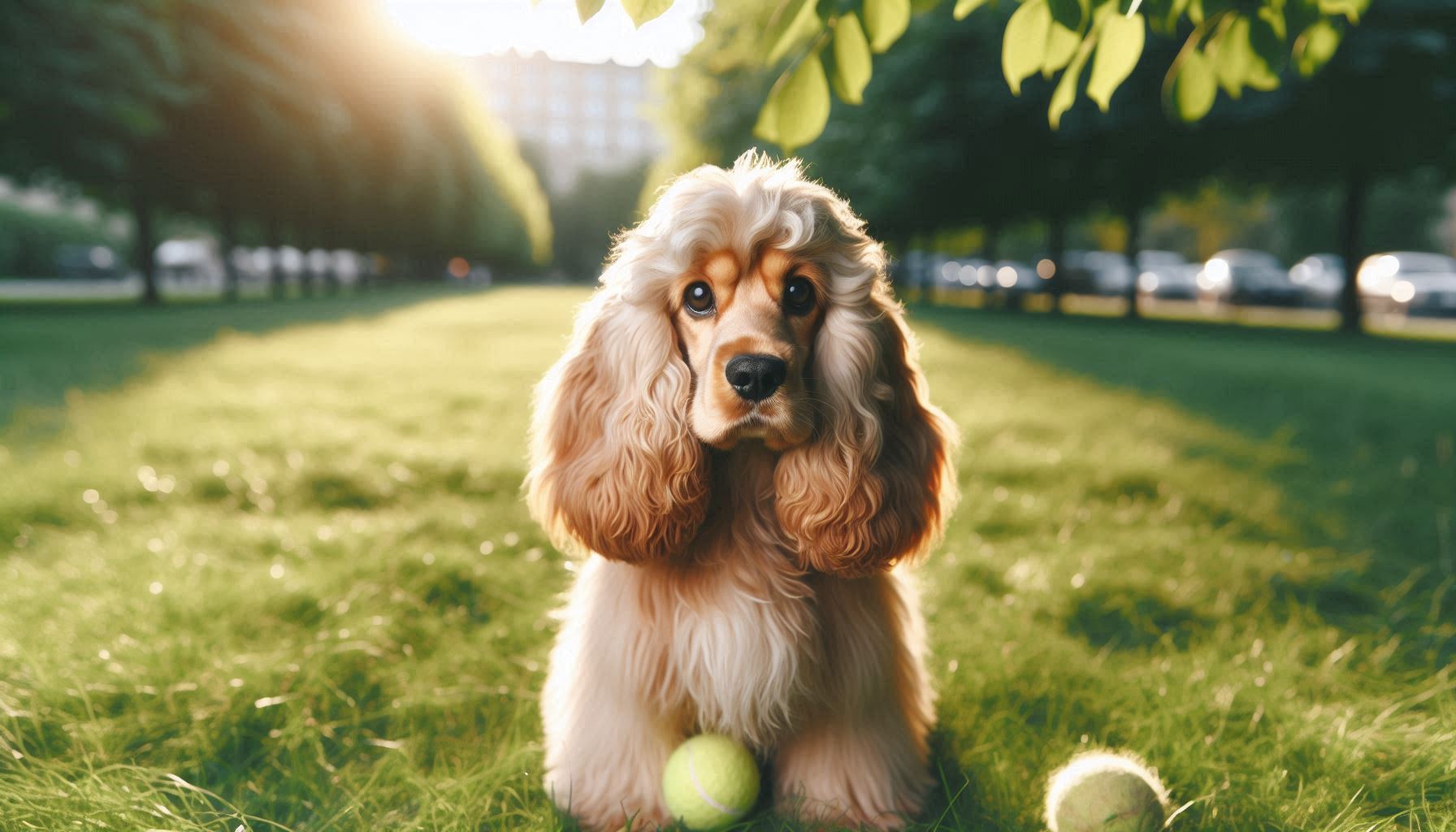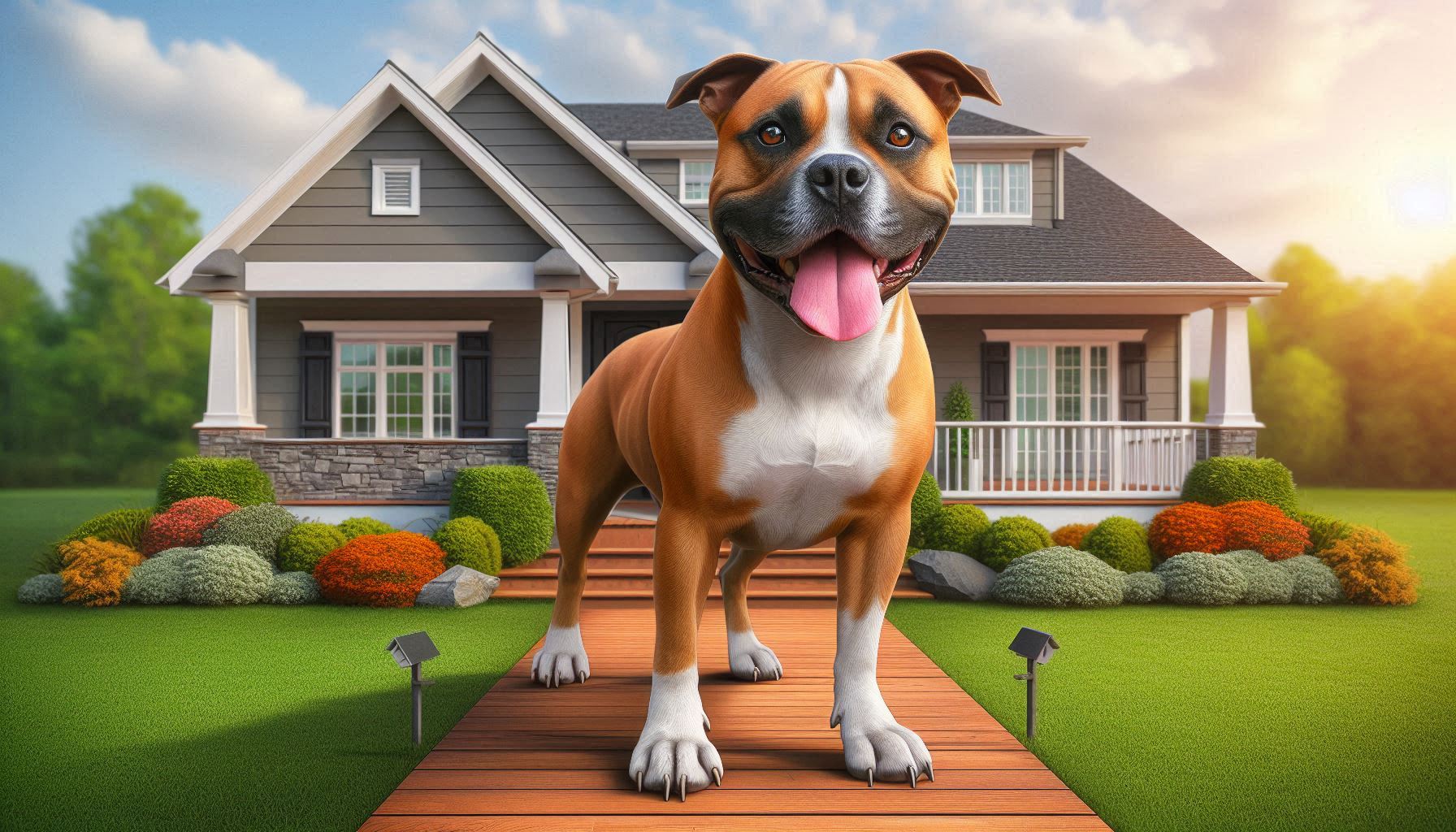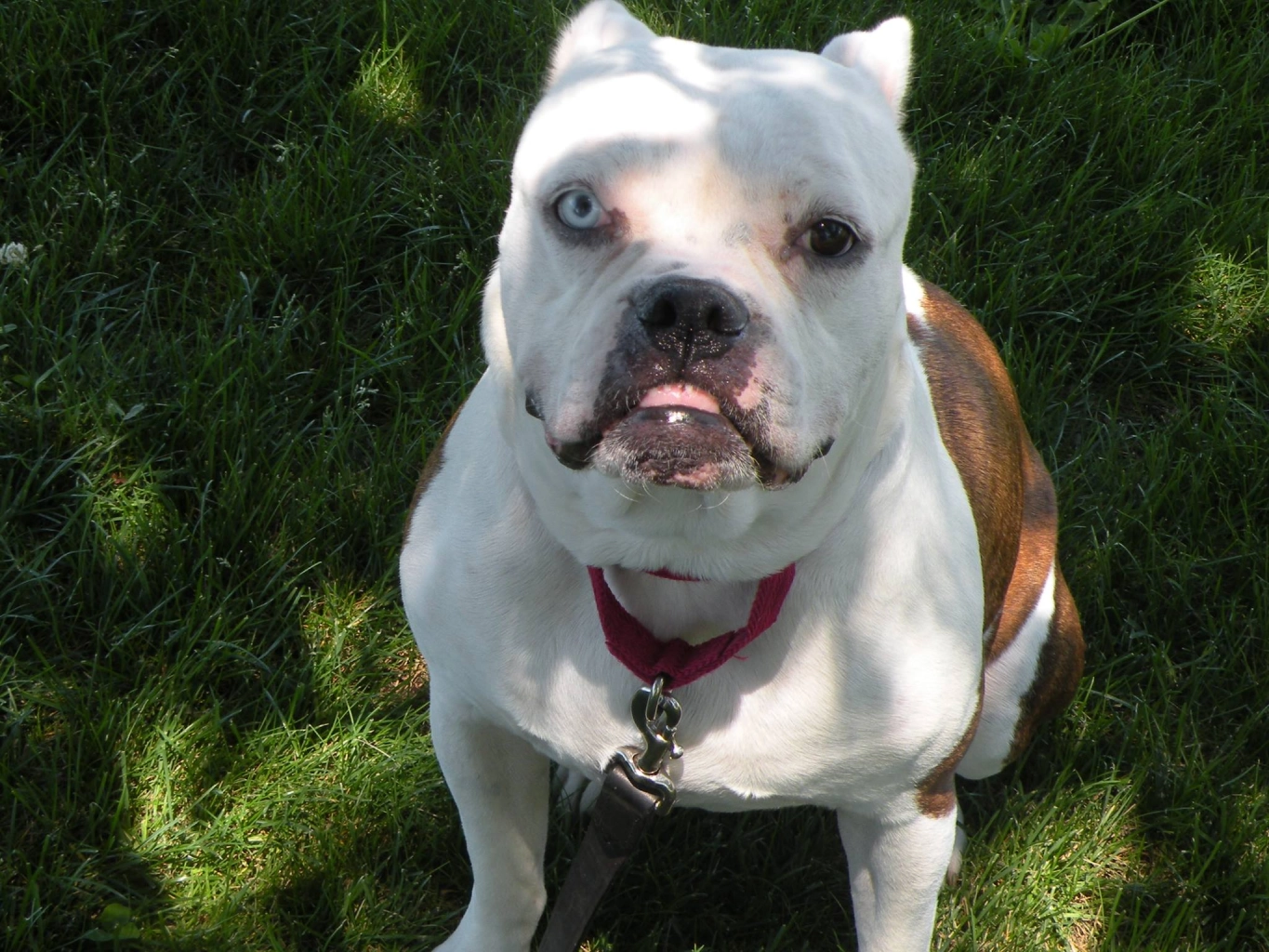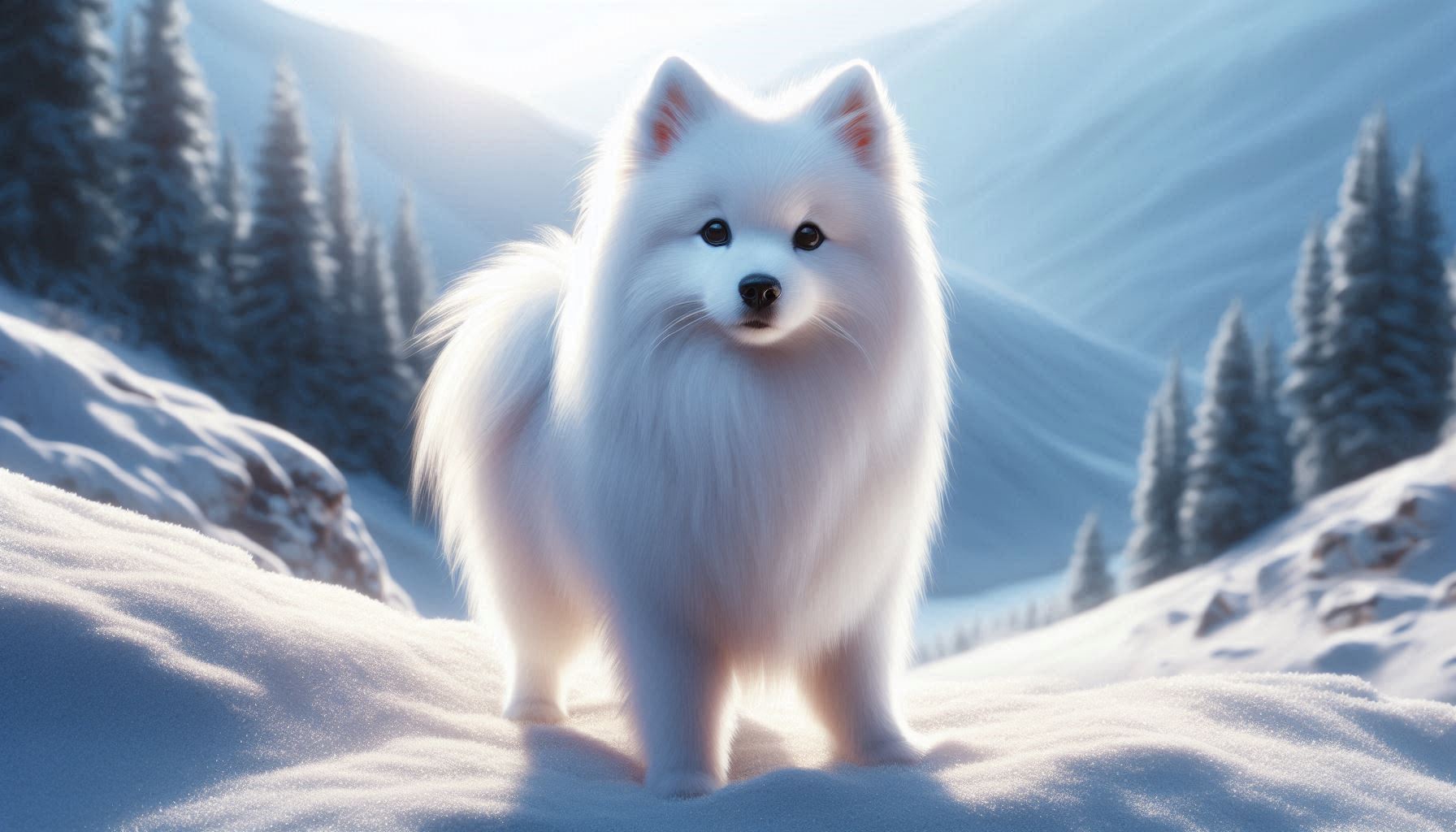Table of Contents
Schnoodle Dog Breed
The Schnoodle, a delightful mix between the Poodle and the Schnauzer, is one of the most popular designer dog breeds today. Loved for its playful demeanor, intelligence, and hypoallergenic coat, the Schnoodle is a fantastic companion for individuals and families alike. Whether you’re looking for a small lap dog or a medium-sized canine friend, the Schnoodle comes in various sizes to suit different lifestyles. This article delves into the unique characteristics, history, and care needs of this versatile breed, making it easier for prospective dog owners to decide if the Schnoodle is the right fit for them.
History and Origin
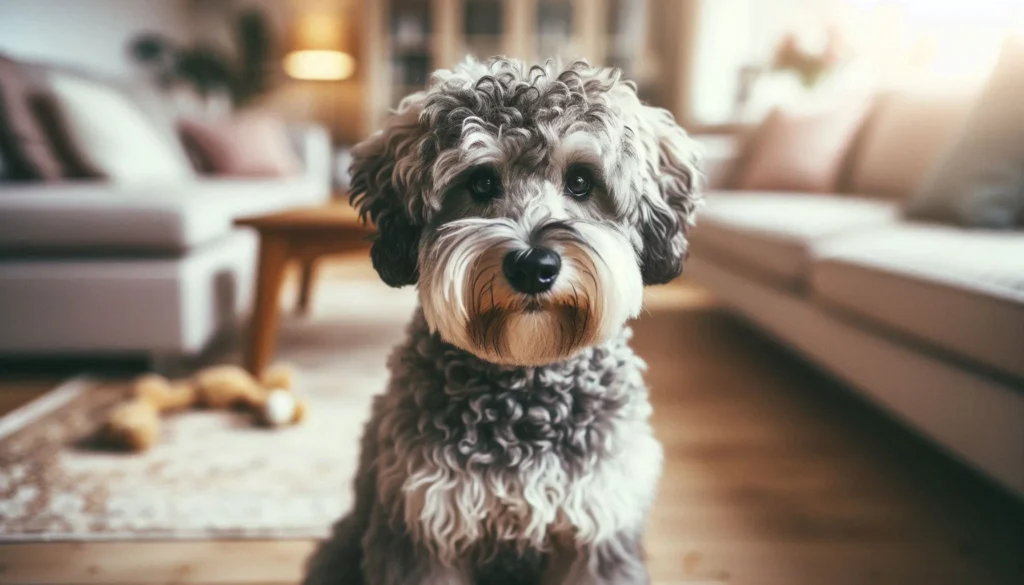
The Schnoodle is a relatively new breed, emerging in the 1980s when breeders began intentionally crossing Schnauzers with Poodles. The goal was to create a dog that combined the best traits of both breeds—intelligence, low-shedding coats, and a friendly temperament.
Origins of the Parent Breeds
- Schnauzer: Originating from Germany, the Schnauzer was initially bred as a farm dog, responsible for guarding property, hunting vermin, and even herding livestock. This breed is known for its distinctive facial hair, which gives it a wise and sometimes comical appearance.
- Poodle: The Poodle, despite being widely recognized as a French breed, actually has roots in Germany as well. Originally bred for water retrieving, Poodles are known for their intelligence, agility, and low-shedding, curly coats. Over time, Poodles have been bred in three sizes: Standard, Miniature, and Toy, allowing for diverse crossbreeding options.
The combination of these two breeds results in the Schnoodle, a hybrid that retains many of the desirable qualities of both parents, including a keen sense of alertness from the Schnauzer and the hypoallergenic, curly coat of the Poodle.
Physical Characteristics
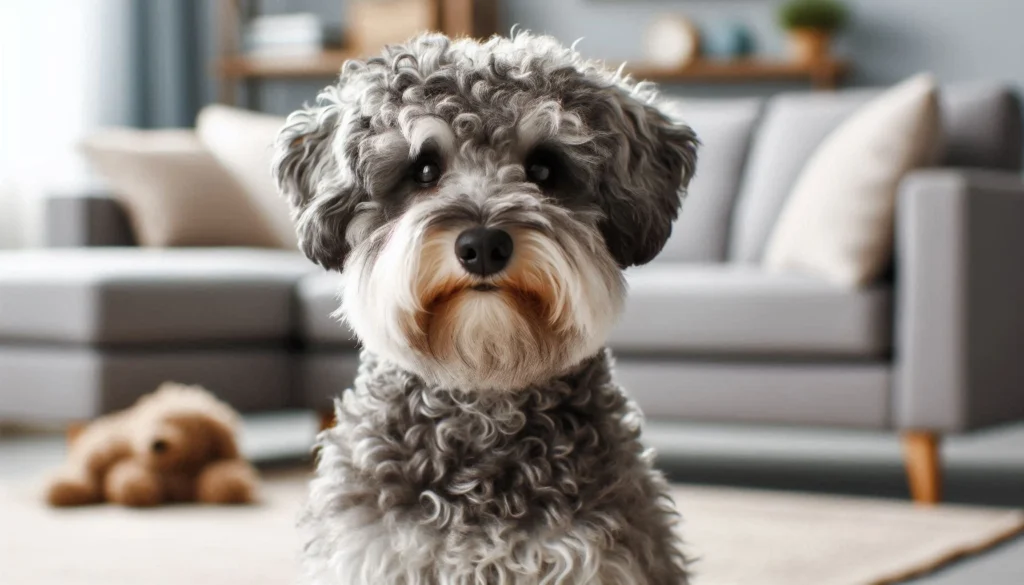
Schnoodles come in a variety of sizes, largely depending on whether a Toy, Miniature, or Standard Poodle was used in the breeding process. This means that Schnoodles can range from 10 to 26 inches in height and weigh anywhere from 10 to 75 pounds.
Size and Build
- Toy Schnoodle: Typically weighs between 6 to 10 pounds and stands about 10 inches tall.
- Miniature Schnoodle: Weighs between 13 to 20 pounds, standing around 12 to 15 inches tall.
- Standard Schnoodle: The largest of the three, weighing between 20 to 75 pounds and standing between 15 to 26 inches tall.
Coat and Colors
One of the most appealing features of the Schnoodle is its coat, which can range from wavy to curly, inheriting the Poodle’s hypoallergenic qualities. This makes Schnoodles an excellent choice for people with allergies. Their coats come in a variety of colors, including black, white, gray, apricot, brown, and even parti-colors (a mix of two or more colors).
Distinctive Features
Schnoodles often inherit the Schnauzer’s expressive eyebrows and beard, giving them a charmingly serious look, which contrasts amusingly with their often playful and energetic personality. Their eyes are typically dark and full of intelligence, reflecting their keen alertness and curiosity.
Temperament and Personality
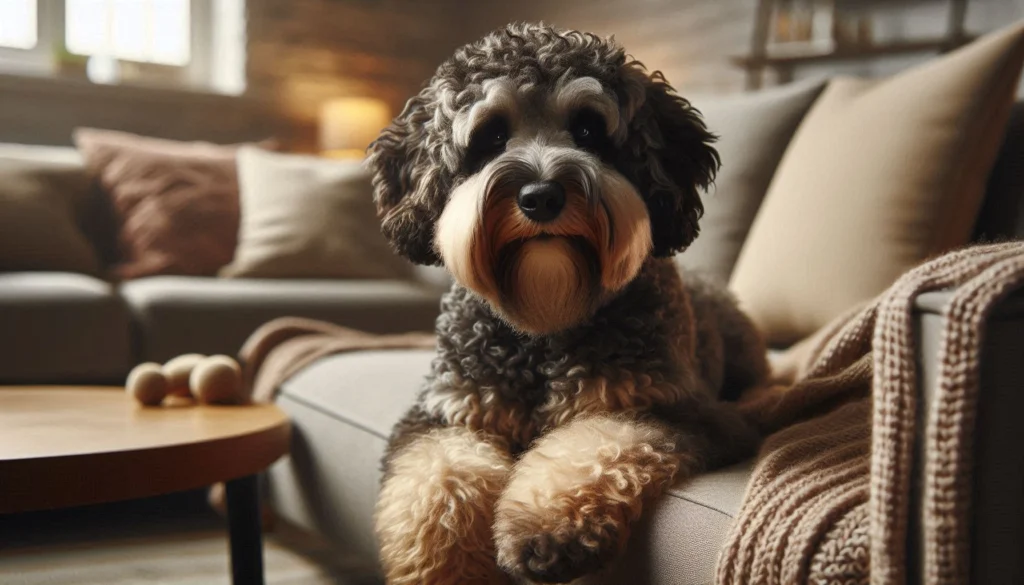
The Schnoodle is known for its friendly and affectionate nature, making it a great companion for families, singles, and seniors. This breed is highly intelligent, thanks to its Poodle lineage, and tends to be very trainable. They are usually eager to please and respond well to positive reinforcement techniques.
Interaction with People and Children
Schnoodles are incredibly social and love to be around people. They tend to form strong bonds with their families and are known to be great with children. Their playful nature means they can keep up with kids, making them an excellent choice for families. However, like all dogs, early socialization is key to ensuring they are comfortable around strangers and other animals.
Interaction with Other Animals
Most Schnoodles get along well with other dogs and pets, especially if they are raised together. Their Schnauzer heritage might give them a bit of a prey drive, so supervision is recommended around smaller animals like rodents or birds. However, with proper training and socialization, they can live harmoniously with other pets.
Health and Lifespan
Schnoodles are generally healthy dogs, benefiting from the hybrid vigor that often comes with mixed breeds. However, like all breeds, they are prone to certain health issues.
Common Health Issues
- Hip Dysplasia: This is a common issue in many breeds, including Schnoodles, particularly the larger ones. It’s a genetic condition where the hip joint doesn’t fit into the hip socket properly, leading to arthritis and pain.
- Progressive Retinal Atrophy (PRA): This is a group of genetic diseases seen in dogs that causes the retina to degenerate over time, leading to blindness.
- Patellar Luxation: Common in smaller Schnoodles, this condition occurs when the kneecap slips out of place, which can lead to pain and lameness.
- Allergies: Schnoodles can be prone to skin allergies, which can cause itching, redness, and discomfort.
Lifespan
The Schnoodle has a relatively long lifespan, typically living between 12 to 15 years, although some have been known to live even longer with proper care.
Tips for a Healthy Schnoodle
Regular veterinary check-ups, a balanced diet, and plenty of exercise are crucial for keeping your Schnoodle healthy. Additionally, monitoring for any signs of discomfort or illness and addressing them early can help prevent more serious health issues down the line.
Care and Grooming
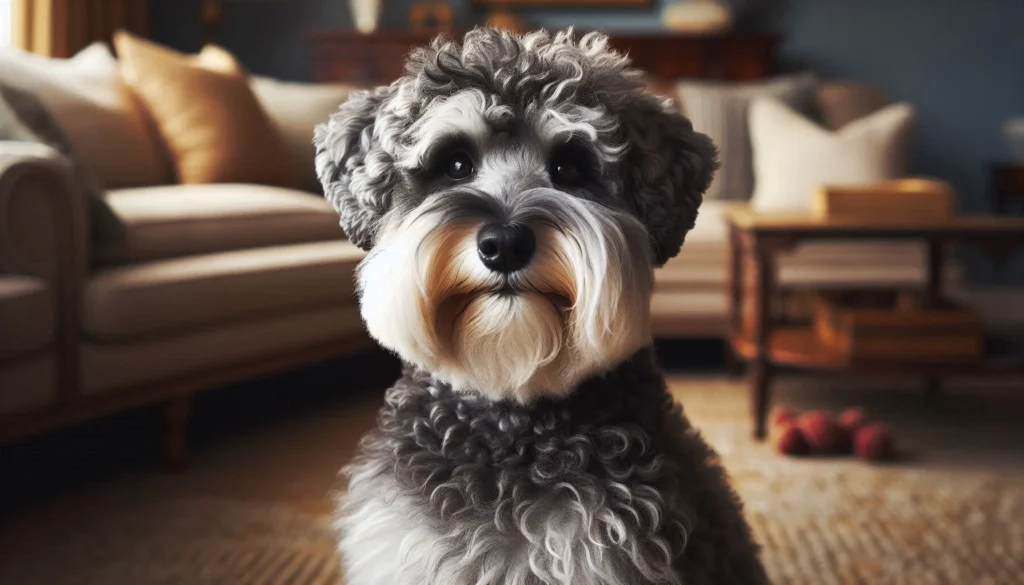
Caring for a Schnoodle involves regular grooming, exercise, and a proper diet to ensure they stay healthy and happy.
Grooming Needs
Schnoodles require regular grooming to keep their coats in good condition. Their curly or wavy fur can become matted if not brushed regularly. It’s recommended to brush your Schnoodle at least two to three times a week and have them professionally groomed every 6 to 8 weeks. Regular ear cleaning, nail trimming, and dental care are also important aspects of their grooming routine.
Exercise Requirements
Schnoodles are energetic dogs that need regular exercise to stay healthy and prevent boredom. Daily walks, playtime, and mental stimulation are essential. Depending on their size, Schnoodles might need anywhere from 30 minutes to an hour of exercise each day. Larger Schnoodles might enjoy more rigorous activities like running or agility training.
Dietary Recommendations
Feeding your Schnoodle a balanced, high-quality diet is crucial for their overall health. The amount and type of food will vary based on their size, age, and activity level. It’s important to consult with your veterinarian to determine the best diet for your dog. Fresh water should always be available, and treats should be given in moderation to avoid obesity.
Training and Socialization
Training a Schnoodle is generally a rewarding experience, thanks to their intelligence and eagerness to please.
Training Tips
- Start Early: Begin training and socialization as early as possible to help your Schnoodle develop into a well-rounded adult dog.
- Positive Reinforcement: Schnoodles respond best to positive reinforcement methods, such as treats, praise, and play.
- Consistency is Key: Be consistent with commands and routines to avoid confusion and ensure that your Schnoodle understands what is expected of them.
- Challenge Their Minds: Engage their intelligence with puzzle toys, obedience training, and interactive games to prevent boredom.
Socialization
Socialization is essential for Schnoodles, especially if they are going to be around children and other pets. Exposing them to a variety of people, animals, and environments during their puppyhood will help them become more confident and well-behaved adults.
Suitability as a Family Pet

The Schnoodle is an excellent family pet, thanks to its friendly and loving nature. They are adaptable and can thrive in both apartment living and larger homes, provided they get enough exercise.
Living Environment Considerations
- Apartment Living: Smaller Schnoodles, especially Toy and Miniature varieties, can do well in apartments as long as they get daily exercise.
- Larger Homes: Standard Schnoodles may prefer a bit more space but can still adapt to smaller living spaces with sufficient physical and mental stimulation.
- Families with Children: Schnoodles generally get along well with children and can make wonderful playmates. However, as with all dogs, interactions between young children and dogs should be supervised.
Energy Levels
Schnoodles have moderate to high energy levels and enjoy being active. They are happiest when they have a job to do, whether it’s playing fetch, learning new tricks, or participating in dog sports.
Fun Facts and Trivia
- Designer Dog Pioneers: The Schnoodle was one of the first “designer dogs” to gain popularity in the 1980s.
- Therapy Dogs: Due to their intelligence and friendly nature, Schnoodles often excel as therapy dogs, bringing comfort to those in hospitals, nursing homes, and schools.
- Variety in Looks: Because Schnoodles can inherit traits from either parent, they can look very different from one another, even within the same litter.
Dog Breeds Similar to the Schnoodle
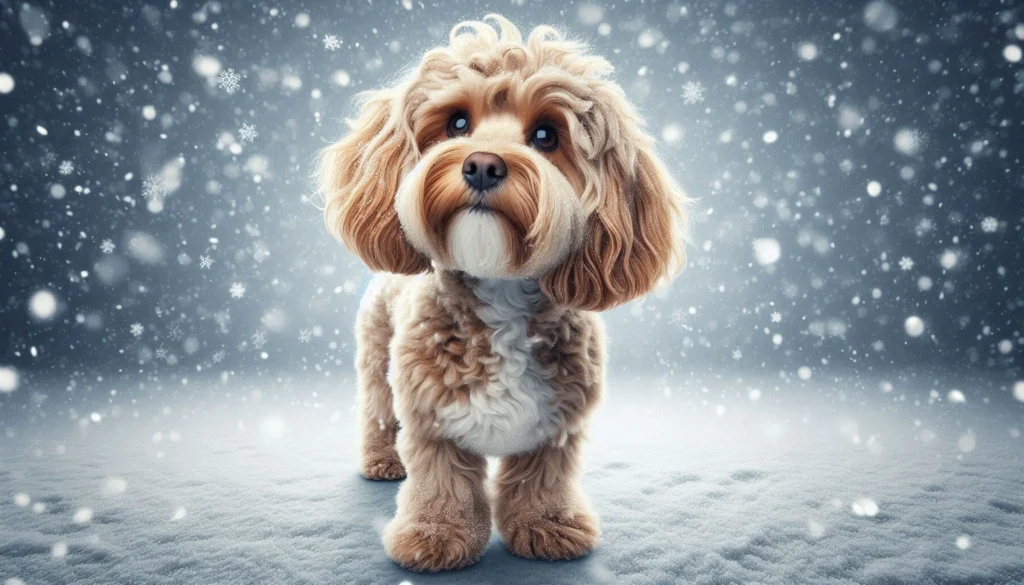
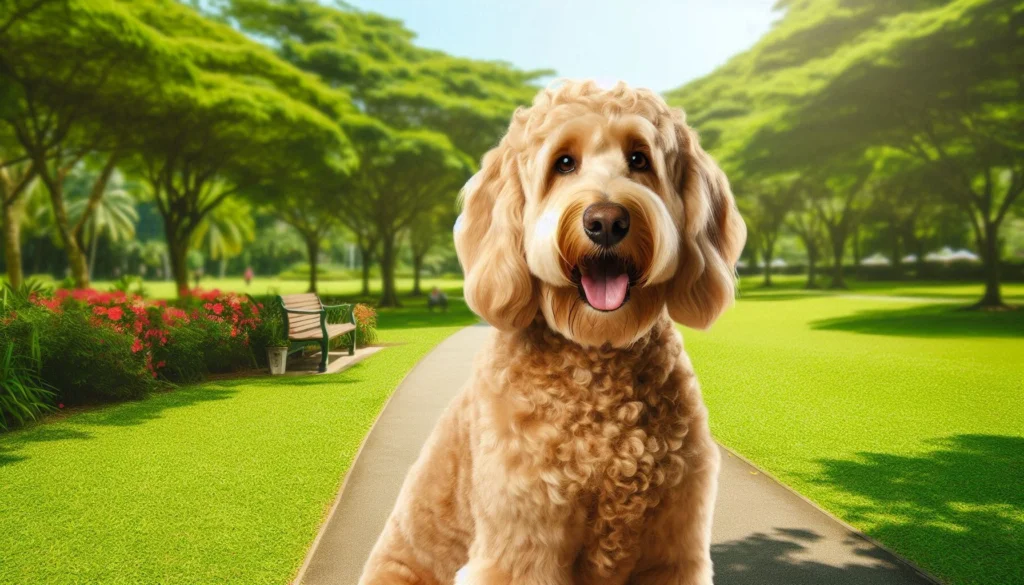

- Cockapoo: A cross between a Cocker Spaniel and a Poodle, the Cockapoo is another popular hybrid breed known for its friendly disposition, intelligence, and hypoallergenic coat. They are slightly smaller than Schnoodles but share a similar energy level and need for companionship.
- Labradoodle: The Labradoodle is a mix between a Labrador Retriever and a Poodle. Like the Schnoodle, they are known for their intelligence, friendliness, and hypoallergenic coats. Labradoodles are generally larger than Schnoodles and require more space and exercise.
- Cavapoo: A mix between a Cavalier King Charles Spaniel and a Poodle, the Cavapoo is another small to medium-sized hybrid breed. They are affectionate, playful, and great with families, making them similar in temperament to the Schnoodle.
Conclusion
The Schnoodle is a versatile, intelligent, and affectionate breed that can make a wonderful addition to many different types of households. Whether you’re looking for a small companion or a more robust canine friend, the Schnoodle offers a range of sizes to suit your needs. With proper care, training, and love, a Schnoodle can be a loyal and joyful part of your family for many years.
If you’re considering adding a Schnoodle to your family, take the time to learn more about the breed, visit reputable breeders, and perhaps even consider adoption. The rewards of owning a Schnoodle are countless, and this breed’s playful spirit and loving nature are sure to bring joy to any home.
FAQ
Is the Schnoodle a dangerous dog?
No, the Schnoodle is not considered a dangerous dog. On the contrary, Schnoodles are known for their friendly and affectionate nature. They are generally good with children and other pets, making them a safe choice for families. As with any dog, proper training and socialization are important to ensure they are well-behaved in various situations.
Is the Schnoodle a good guard dog?
While Schnoodles are alert and may bark when they sense something unusual, they are not typically used as guard dogs. Their friendly nature means they are more likely to greet strangers with curiosity rather than aggression. However, their alertness can make them good watchdogs, as they will likely bark to alert their owners of any potential intruders.
